Hazardous chemicals - Resources
Resources Model Code of Practice Model Code of Practice – Managing risks of hazardous chemicals in the workplace Model Code of Practice – Preparation of safety data sheets for hazardous chemicals Model Code of Practice – Labelling workplace hazardous …
Page last updated:
Hazardous chemicals - Overview
Overview What are hazardous chemicals? Hazardous chemicals are any substance, mixture or article classified under a hazard category in the Globally Harmonized System (GHS) of Classification and Labelling of Chemicals . We use GHS classifications in …
Page last updated:
Hazardous chemicals Some may produce health effects that can happen straight away like poisoning and burns, or cause long-term health conditions, like nerve damage, lung damage or cancer. Others can present a physical hazard, …
Page last updated:
Electrical safety - Overview
Overview The main ways electricity hurts people in the workplace are: contact with exposed live parts causing electric shock and burns – this could be indirect, like exposed leads touching a metal floor or roof faults causing fires …
Page last updated:
Gig economy - Workers' Compensation
Workers' Compensation Gig workers working arrangements and the types of work they do will impact if they are covered by an Australian workers’ compensation scheme. Your access to workers’ compensation may depend on your work status (whether you are an …
Page last updated:
Gig economy - Managing risks
Managing risks The risk management process involves: identifying the hazards assessing the associated risks implementing control measures to eliminate or minimise risks, and regularly reviewing control measures to ensure they remain effective. …
Page last updated:
Gig economy It generally refers to a situation where a person (gig worker) is hired through an app or website to undertake a role for a third party. The app or website is produced and managed by an organisation called a platform. Deliver yourself home …
Page last updated:
Gig economy - Overview
Overview Food delivery industry The food delivery industry involves the ordering and delivery of food and drinks from restaurants, cafes and other food outlets to members of the public by delivery riders. If you are a worker or employer in the gig economy …
Page last updated:
Mental health The things at work that can harm mental health are known as psychosocial hazards . These hazards can also cause physical harm. Psychosocial hazards include: job demands low job control poor support lack of role clarity poor organisational …
Page last updated:
Supply chains and networks Work health and safety duties Where the duties of multiple duty holders overlap, the model WHS laws require them to consult, cooperate and coordinate to ensure the duty is met. There are other specific requirements in the …
